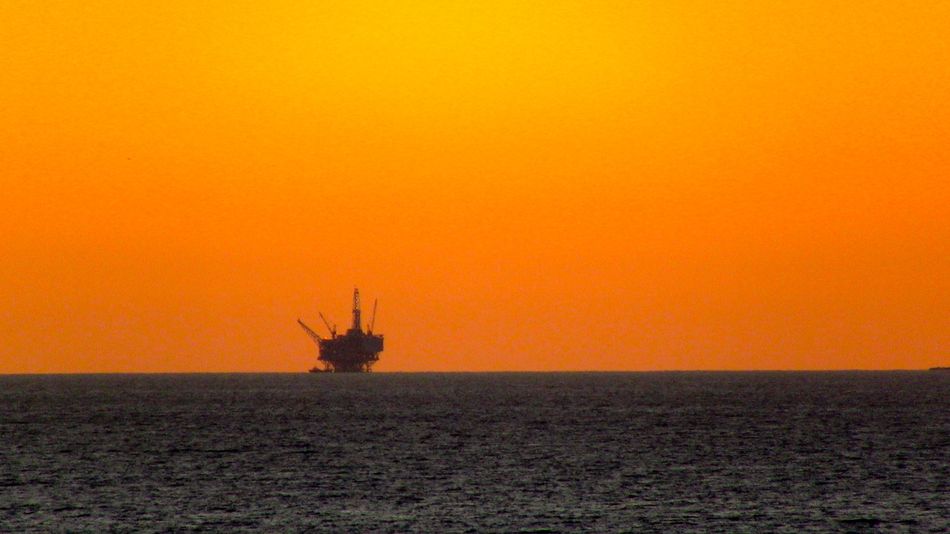Russia faces a perfect storm. Oil is the country’s key growth driver and the price has collapsed. Geopolitical risks abound and there are huge risks to Russia’s external funding which is already under pressure from a stronger US dollar and potentially higher US interest rates.
The economic dislocations in Russia will be severe and will likely surpass those felt during the 2008 financial crisis. If there is no meaningful recovery in the oil price, or easing of sanctions, the consequences may even be worse than Russia’s 1998 crisis, during which the country defaulted on its debt and devalued the rouble. The repercussions of the 2008 financial crisis were by no means minor for Russia—it was one of the worst-affected emerging markets: adjusted for inflation, GDP declined by 9 per cent from its pre-crisis peak and the currency lost over a third of its value against the dollar. But this pales in comparison with the 1998 crisis, when real GDP plunged by 11 per cent, the rouble lost 80 per cent of its value and lending rates rose five-fold to 150 per cent.
Russia’s external and public sector balance sheets are stronger now than they were in the late 1990s. Although they have deteriorated since the financial crisis, they are still some of the best among emerging markets. Russia’s stock of external debt as a share of GDP and exports is lower than it was before the 1998 crisis. Government debt has also fallen. Russia’s liquidity buffers are stronger, with a substantial build-up of foreign exchange reserves. The economy has a current account surplus and in 2014 a modest fiscal deficit. Crucially, Russia has moved away from the rigid currency peg of the 1990s to a more market-determined exchange rate.
These improvements can temporarily soften the blow, but the collapse in output will probably be larger than in the aftermath of the 1998 crisis. In contrast to the late 1990s, none of the three forces now battering the Russian economy is likely to abate any time soon: structurally lower oil prices, financial sanctions and capital outflows.
The oil price almost halved to $10 dollars a barrel from 1997-1999, but afterwards it picked up quickly and remained high until the financial crisis. But this time we expect oil to remain in a price range of $40-$65 per barrel in the foreseeable future. This will severely dent Russia’s external, fiscal and corporate balances, which are reliant on the energy sector—almost 80 per cent of Russian exports are energy-related and close to 50 per cent of public revenue depends on natural resources.
Last year, Russia’s public sector debt was 16 per cent of GDP, largely funded by domestic savings, which means that an outright sovereign default is not likely. However, Russian companies have piled on huge debt. Net debt relative to earnings has more than doubled since the crisis to the highest levels on record. It is only a matter of time before private liabilities put a strain on the public sector.
The government has already acted. It approved a bill authorising a $15bn recapitalisation of banks in late December. Pension reforms including proposals to raise the pension age are under consideration. But these measures, even if fully implemented, will not avert economic losses. The Russian economy most likely entered a technical recession last quarter.
The central bank has cut interest rates while subsiding mortgage borrowing. But the slightly easier policy stance comes on the back of a series of interest rate hikes last year—some of which were announced after an emergency meeting in December. Inflation was 16.9 per cent in February, more than four times the central bank’s target (4 per cent by 2017). This gives the Central Bank very little room to manoeuvre, especially so given that the rouble which has already lost 47 per cent against the dollar since the start of last year, will likely remain under pressure in the absence of a pickup in oil prices or an easing of economic sanctions.
The buffer of foreign exchange reserves will not remain healthy for long. The strains are already visible. Reserves of foreign currency have declined by over 33 per cent over the last couple of years to $357bn; and with $107bn of external loans coming due within a year, reserves will soon be inadequate. The surge in capital outflows—$151bn last year—makes the outlook even bleaker.
Russia’s economic and financial pain has only just begun.
Russia's coming economic storm
It could be worse than the financial crisis
March 20, 2015

. © The Conduqtor











